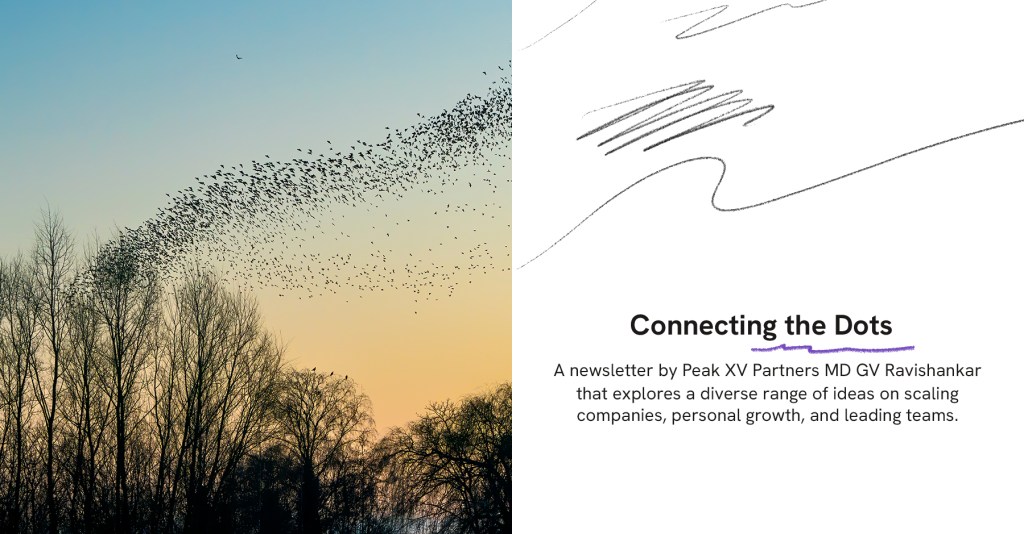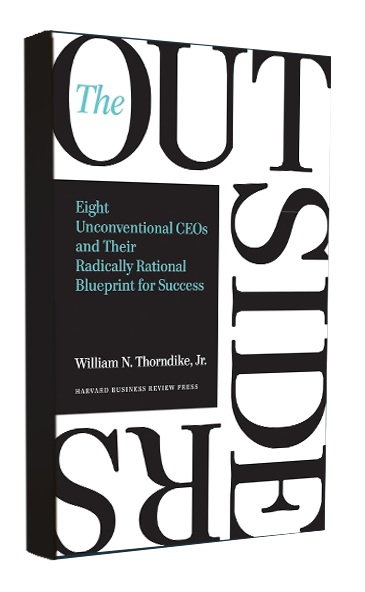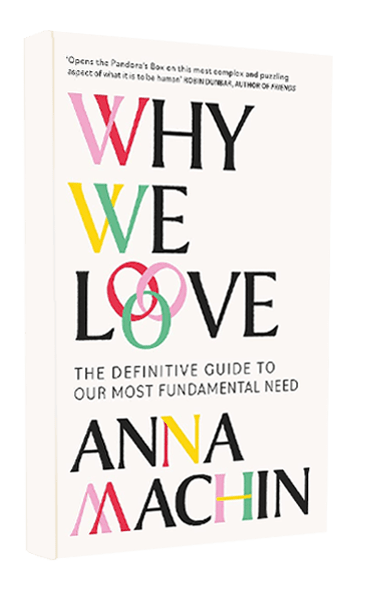From Ledgers to Landscapes – What Bias Hides & Reframing Reveals
ByGV Ravishankar
PublishedSeptember 17, 2025
Frames are powerful. The right frame stretches the canvas on which you can paint.
A few summers ago in Dubai, we spent a month relying on ride-hailing apps while our driver was on his annual vacation. While reviewing our credit card statements, I realized that my wife and I were using different ride-hailing apps. A spirited family conversation followed about whether to take the local taxi or Uber, which was 30% more expensive. While my wife argued in favour of Uber, saying they have better cars, my middle-class upbringing had me arguing for the regular Hala taxi, given the experience of going from point A to point B was a largely undifferentiated one, even if the cars were different.
The final argument that sealed things in favor of Uber came from my son who said Uber drivers are better trained and hence drive more safely, while the local taxis have a higher incidence of accidents.
Seen from the prism of safety, the choice my wife was making was certainly the right one. Sometimes, all that is needed is to see things from the right perspective. In this case, the extra money spent on safety almost seems to come from a different account, like an insurance account, and then it gets justified easily.
In behavioral economics parlance, this is referred to as the accounting bias. Accounting bias refers to the mental tendency to bucket money into separate “accounts” rather than treat it as part of one pool.
Richard Thaler, an economist, and Amos Tversky, a psychologist, were pioneers in this field. They’ve shown how people create mental categories: “vacation budget,” “education budget,” etc, and then make decisions. This is irrational because money is fully fungible. But by accounting for them differently, people attach different weights to these pools and hence make decisions differently.
For example, someone might refuse to spend an extra $20 on healthier groceries because they exhausted the “monthly food budget,” yet happily spend the same $20 on a dinner out because the “entertainment budget” still had a surplus. The money is identical, but the mental account changes the decision. Sound familiar? It’s worth pausing to reflect on the mental ledgers shaping your own choices.
Just as we create mental ledgers for our personal spending, investors do the same when they frame businesses within narrow categories. That framing shapes what possibilities they see.
Take Uber: many investors initially viewed it as a taxi company, a perspective that obscured its true potential. Reframed as a transportation company, the scale became obvious, spanning not only taxis but also freight, micro-mobility, and even self-driving cars built on the data from billions of rides.
The same dynamic played out with Netflix, first dismissed as a DVD-rental service, only when it reframed itself as an entertainment platform did its true scale and cultural impact come into view.
What’s interesting is that accounting bias is really a cousin of the broader idea of frame of reference. When we mentally slot money into categories, we are also choosing the lens through which we evaluate a decision. The same expense feels trivial or extravagant depending on which “mental account” we charge it to.
Likewise, in business and investing, the way we frame a company – taxi firm versus transportation platform – determines whether we see it as a small niche or a global category-definer. In both cases, the choice isn’t changing, but the story we tell ourselves about where it belongs reshapes the outcome.

The frames we cage ourselves in
The risk with accounting bias and narrow frames is that they trick us into false clarity. For example, I am usually willing to spend a lot more on formal clothing or footwear because it comes from the “work spend account” which is easier to justify as a necessity to progress my career. The justification sounds right but the spend is no different.
Other places to notice this accounting practice: A “cheat day” makes us forget that the body doesn’t keep separate calorie ledgers. A “career account” justifies hours taken away from family.
Companies that frame themselves too tightly—Kodak as film, Blockbuster as rentals—end up blindsided. The neat categories that comfort us often become the very blinders that fail us.
From pitfalls to possibilities
If the wrong frame can blind us, the right one can free us. The way out of the cage is to stretch the frame—by redefining which account a choice belongs to, or by reframing what problem a business is truly solving.
Every so often, it’s worth stepping back and asking: Are we even looking through the right lens? That pause not only protects us from bias, it also widens the canvas of possibilities.
How to reframe and discover new landscapes
Expanding your frame may provide new opportunities for each of us. Ask yourself: Are you in the cosmetic dermatology business or in the business of helping people age gracefully? Are you in the pizza business or in the business of serving delightful food quickly? Are you in the schooling business or in the business of unlocking human potential?
History is full of such reframings. Nike didn’t see itself as a shoe company; it was in the business of inspiring athletes, which gave it permission to move into apparel and even lifestyle. Starbucks didn’t see itself being just about coffee. It reframed itself as a “third place” between home and work, changing store design, pricing, and consumer behavior. Even Walt Disney described his company not as a film studio but as a storyteller, which made theme parks, merchandise, and streaming all feel like natural extensions.
Frames are powerful: the right frame stretches the canvas on which you can paint. Just as mental ledgers can trap us in narrow accounts, reframing can open up landscapes of opportunity.
So, what frame are you in today, and what might change if you shifted it?
“The risk with accounting bias and narrow frames is that they trick us into false clarity… The neat categories that comfort us often become the very blinders that fail us.”
Recommended Reads
Three articles I found interesting:
- The wonders of creation never cease. French scientists have discovered Gwada-negative, the world’s rarest blood group, present in just one person from Guadeloupe and caused by a gene mutation. This finding underscores human genetic diversity, creating challenges for transfusions while opening the door to futuristic solutions like lab-grown, genetically modified red blood cells.
- As one grows older, there is a desire to understand how to slow things down a bit! As much as we’d like it to be, aging isn’t gradual. This article says it speeds up around 50, with some organs, like blood vessels, aging faster. Tracking these shifts could unlock ways to slow aging and boost healthy longevity.
- Everyone I know is eating more protein these days! America’s protein craze has flipped dairy economics: whey, once waste, now drives profits while bulk cheese lags. This article says demand from fitness, aging, and GLP-1 drugs has reshaped supply chains, but looming commoditization underscores the need for innovation and resilience.
If you have time for longer reads:

The Outsiders: Eight Unconventional CEOs and Their Radically Rational Blueprint for Success by William N. Thorndike
Drawing on years of research, William Thorndike reveals how eight outsiders—frugal, independent, and disciplined—outperformed corporate America by a mile. Their consistent blueprint proves that rational capital allocation can drive extraordinary business and investing returns. This book was a surprise because I only knew one of the eight people mentioned, and many ran businesses that were traditional. Yet the learnings may be relevant to every founder/CEO.

Why We Love: The Definitive Guide to Our Most Fundamental Need by Anna Machin
What is love? Why do we seek it? What happens biologically? My curiosity on this topic took me to Oxford anthropologist Anna Machin’s book that explores the full spectrum of love—romantic, parental, platonic, sacred, even our bonds with pets, celebrities, and smartphones. Through research, interviews, and case studies, she argues in her latest book that it’s time to stop putting romance on a pedestal, and highlights how every form of love shapes our health, happiness, and humanity.
Do write in at gv@peakxv.com if my interests intersect with yours! Click here to read more articles on Peak XV’s blog. For more editions of Connecting the Dots, click here. I’m also on LinkedIn and Twitter.